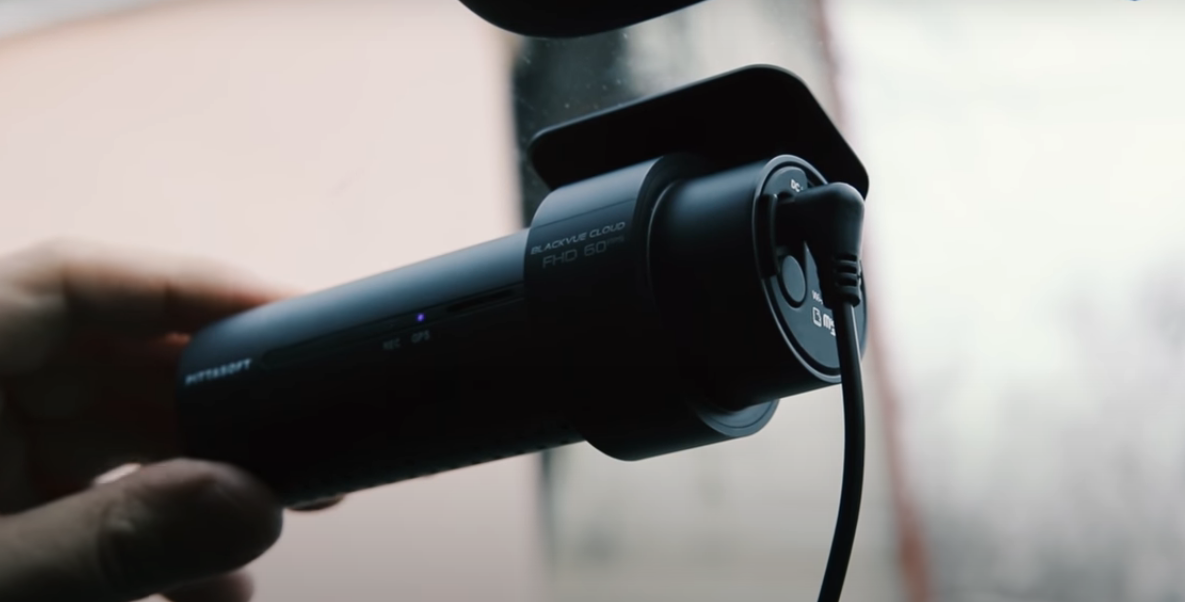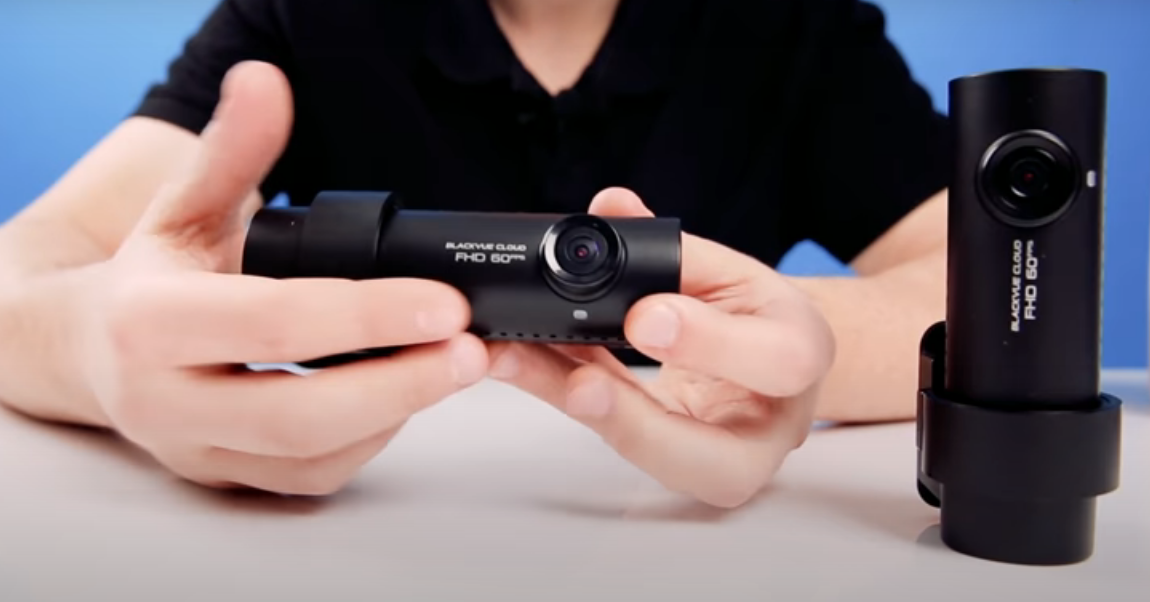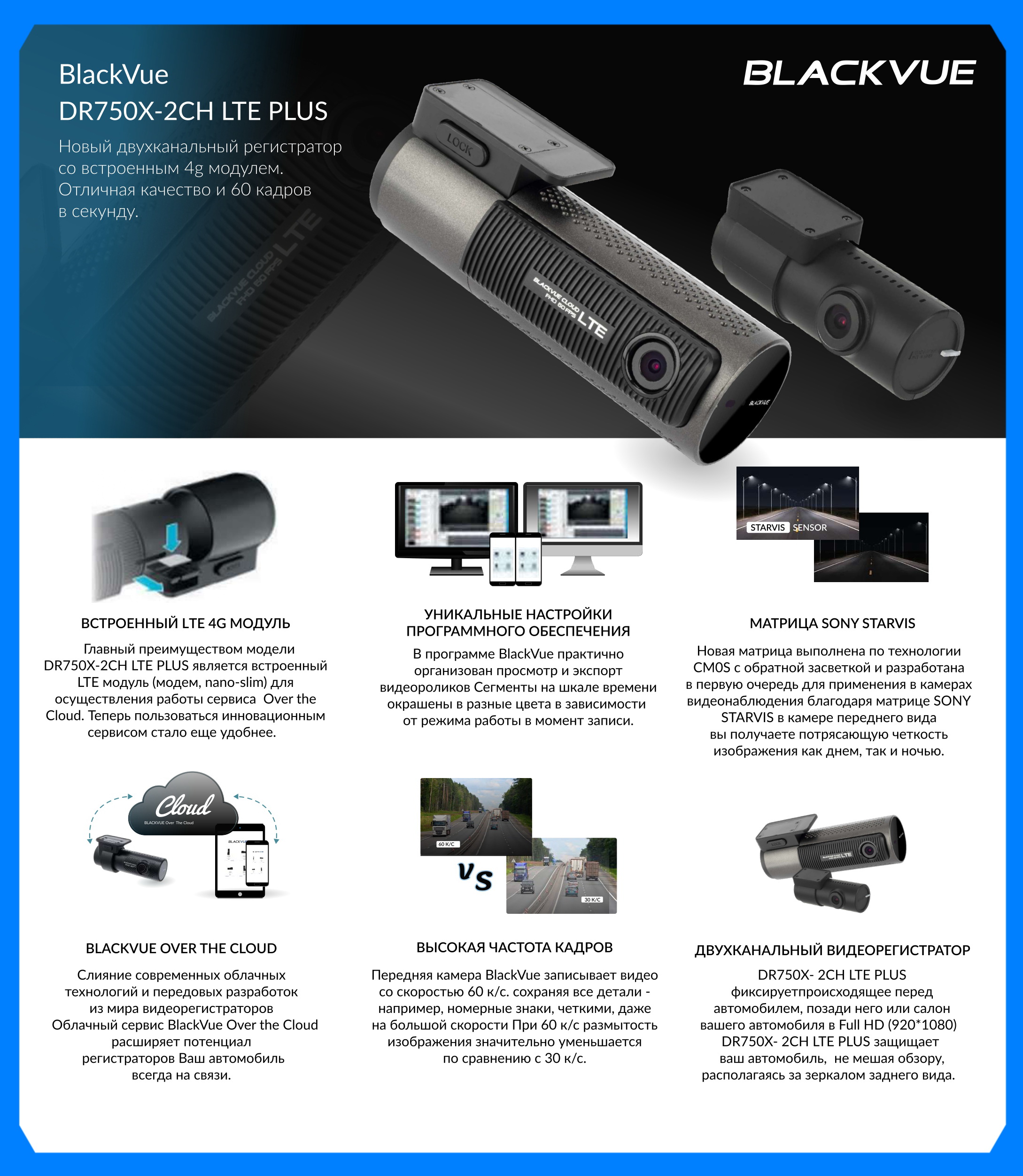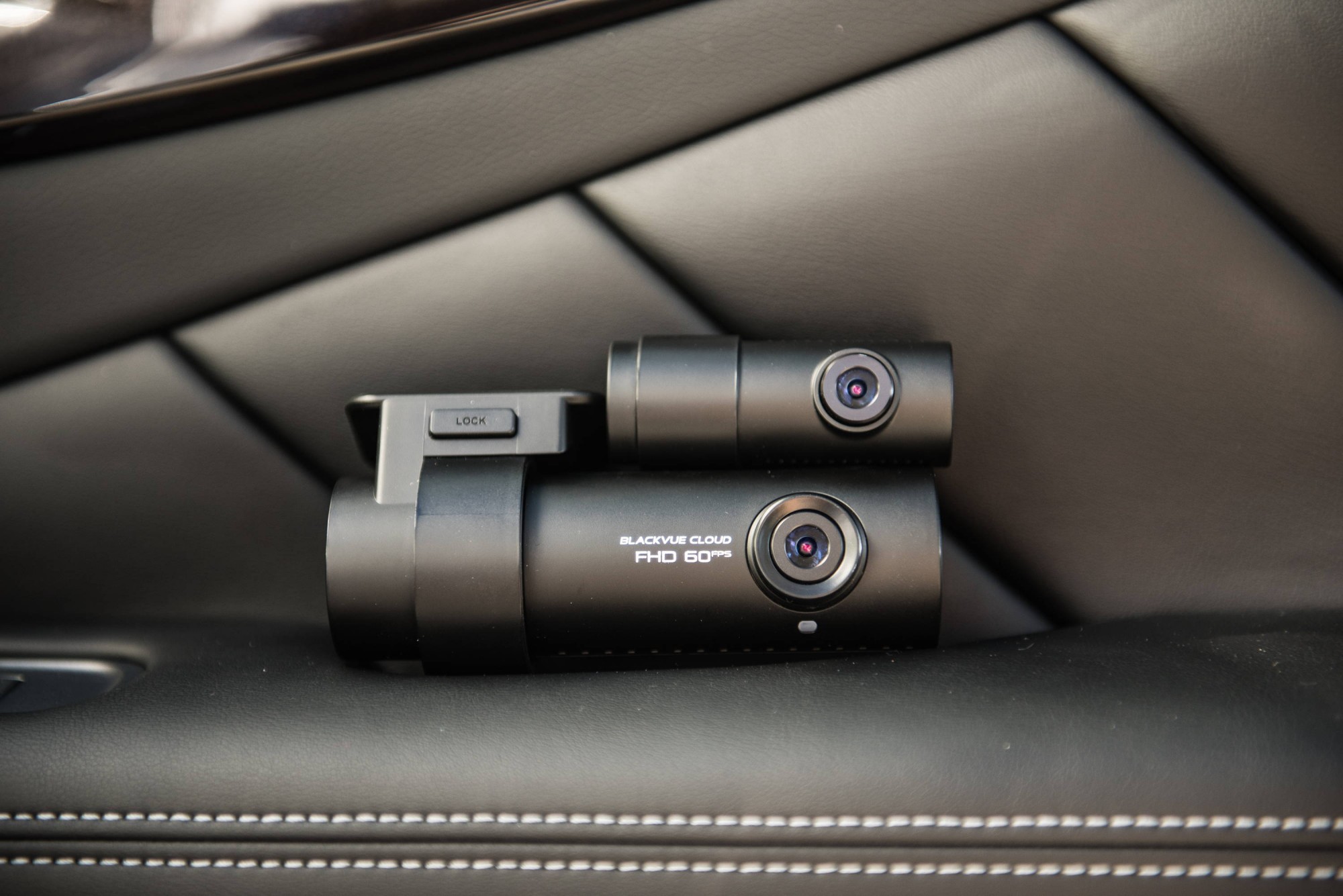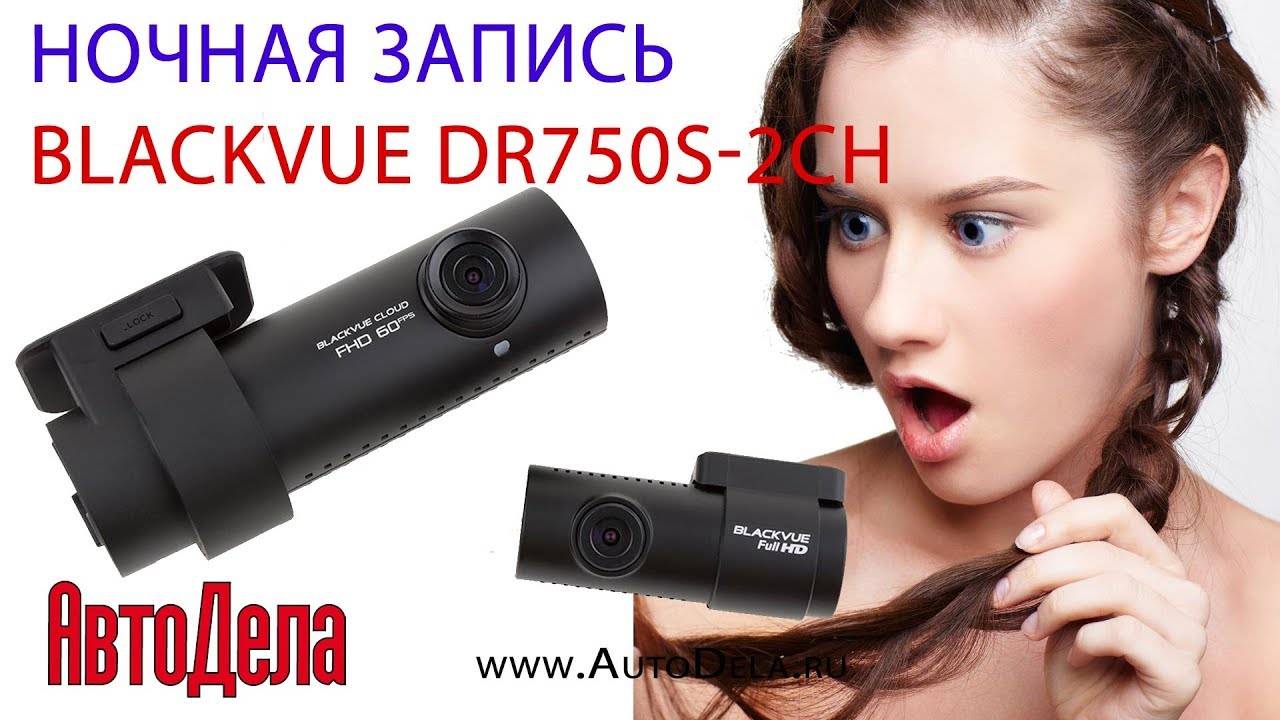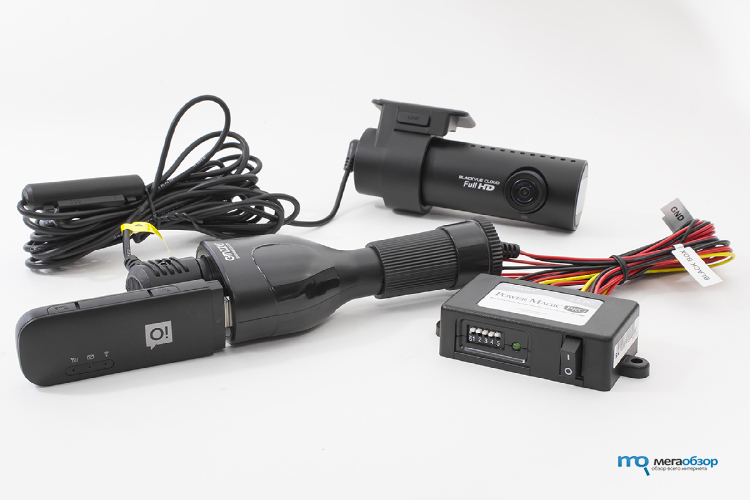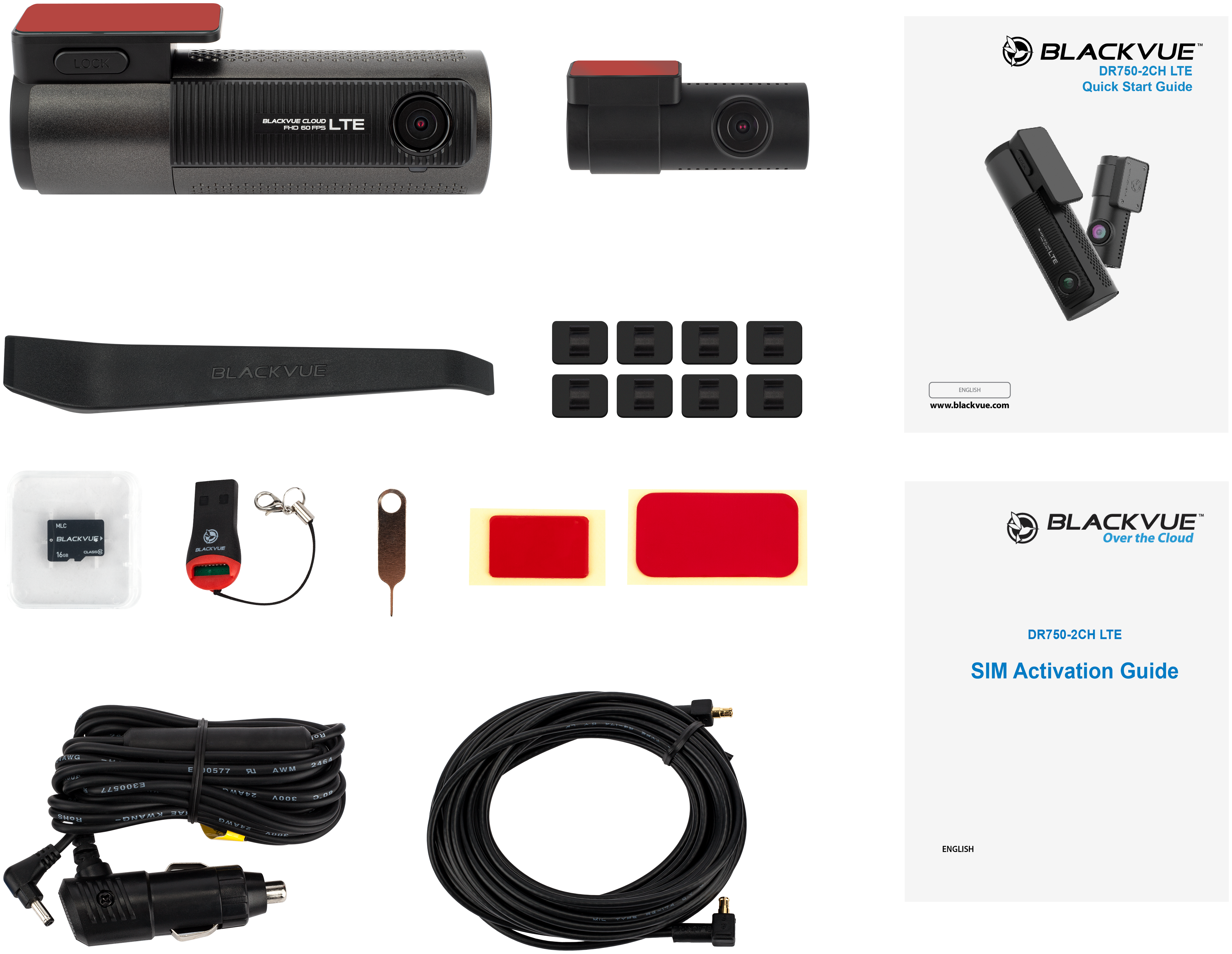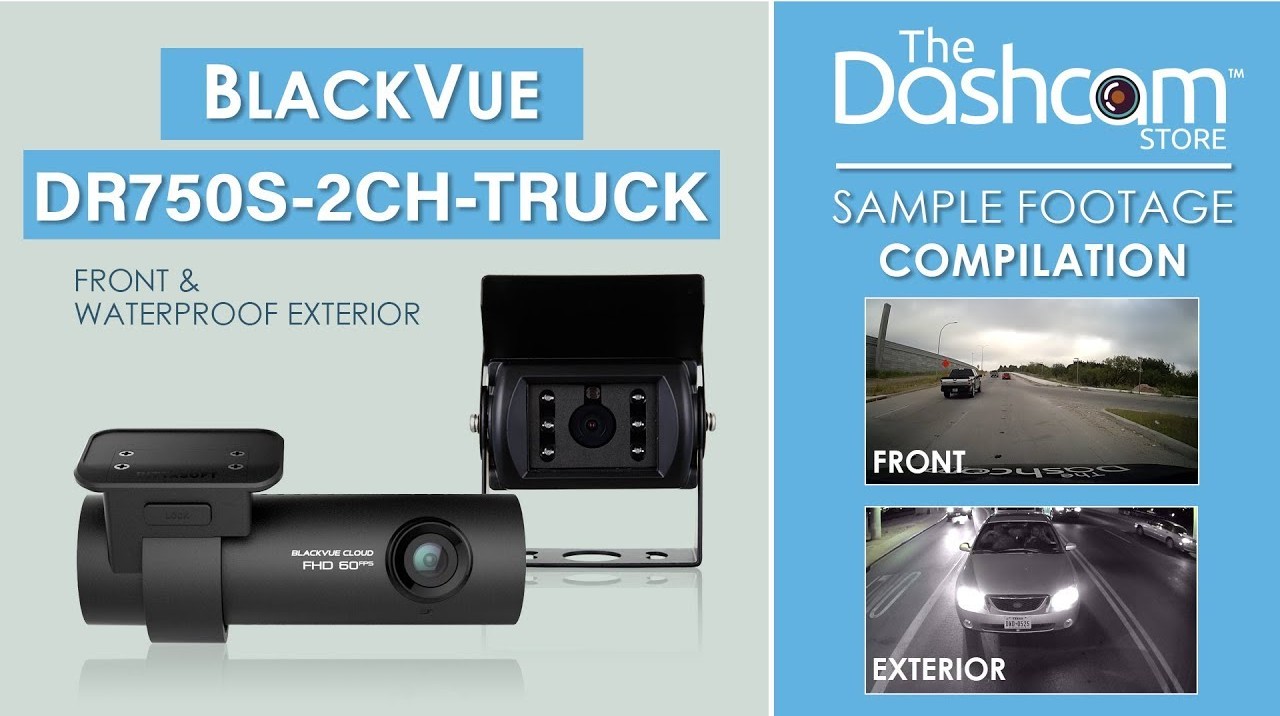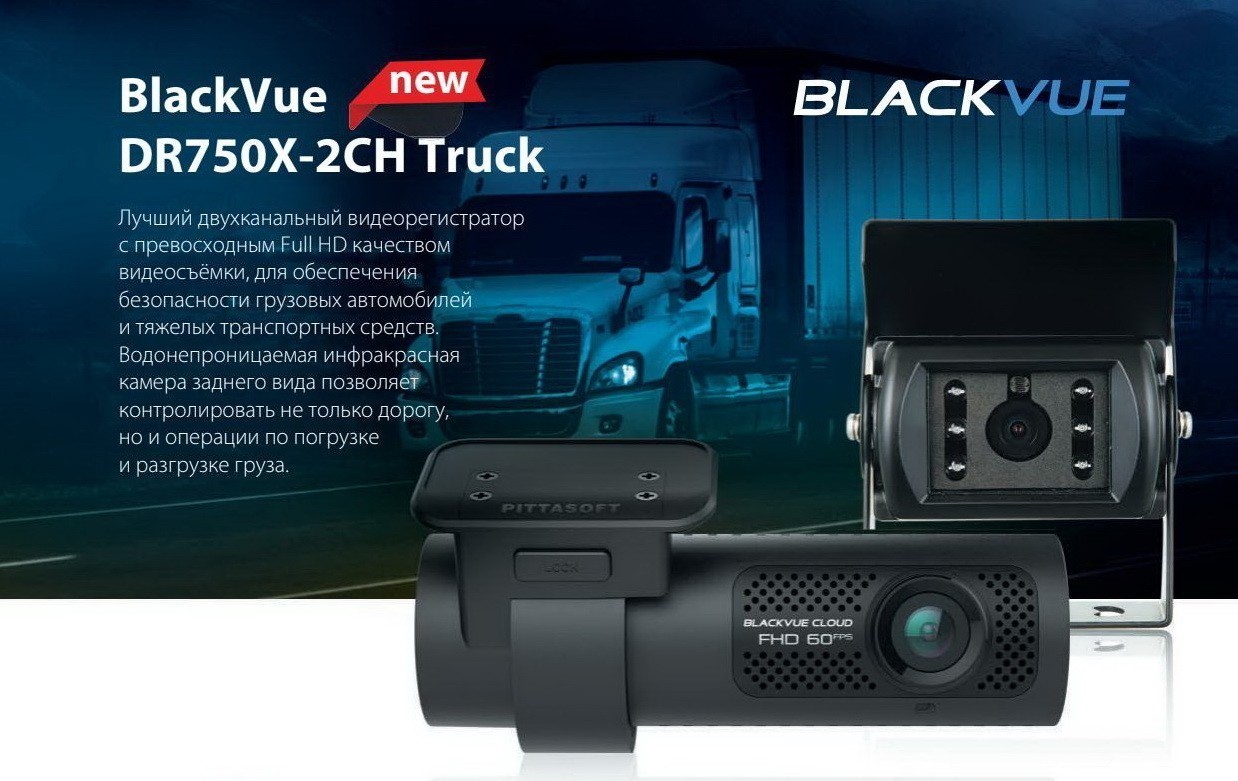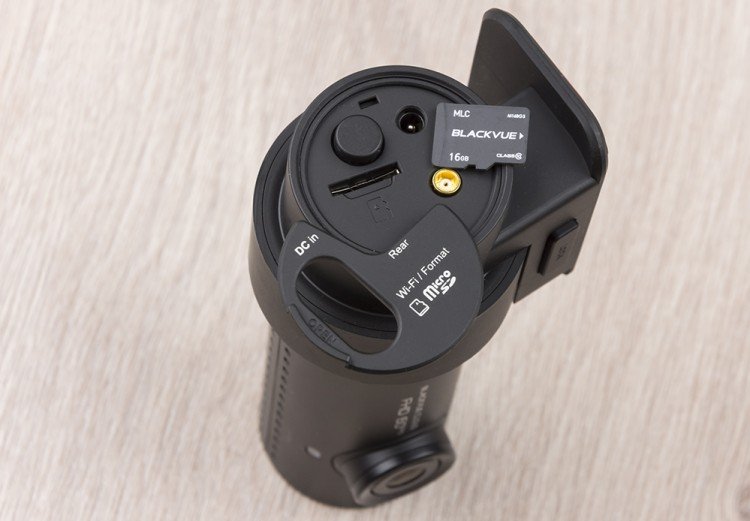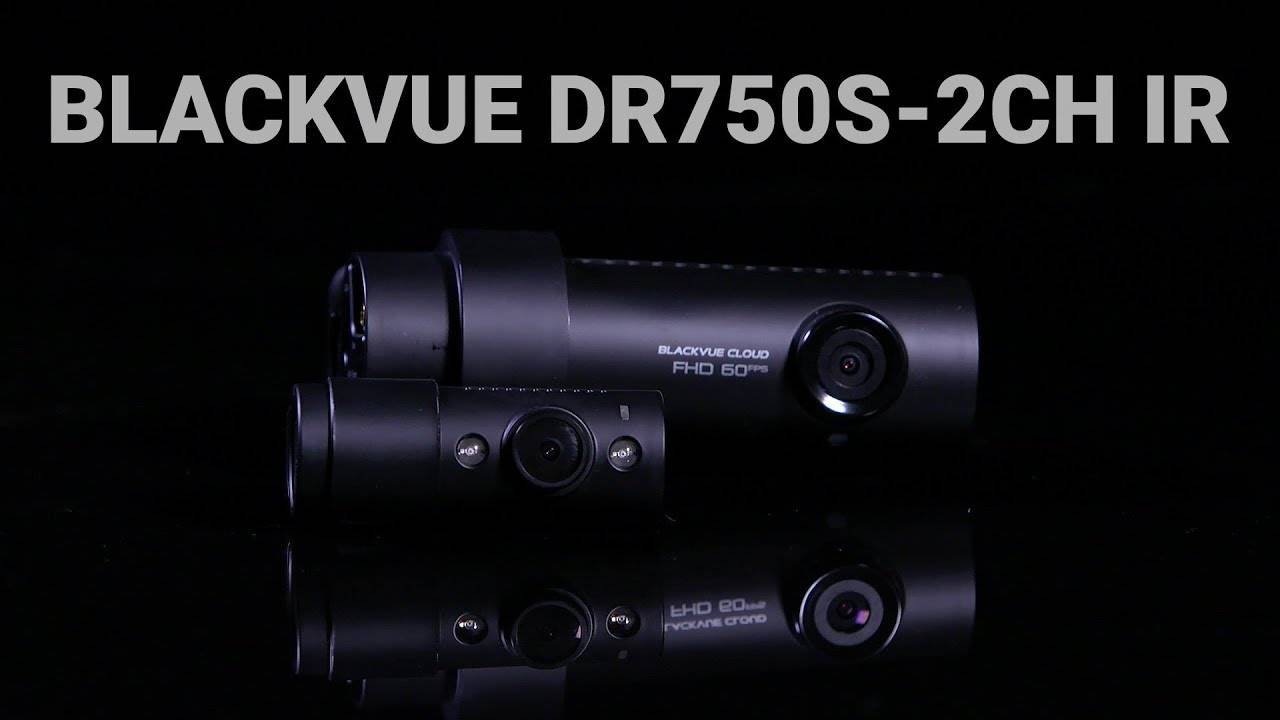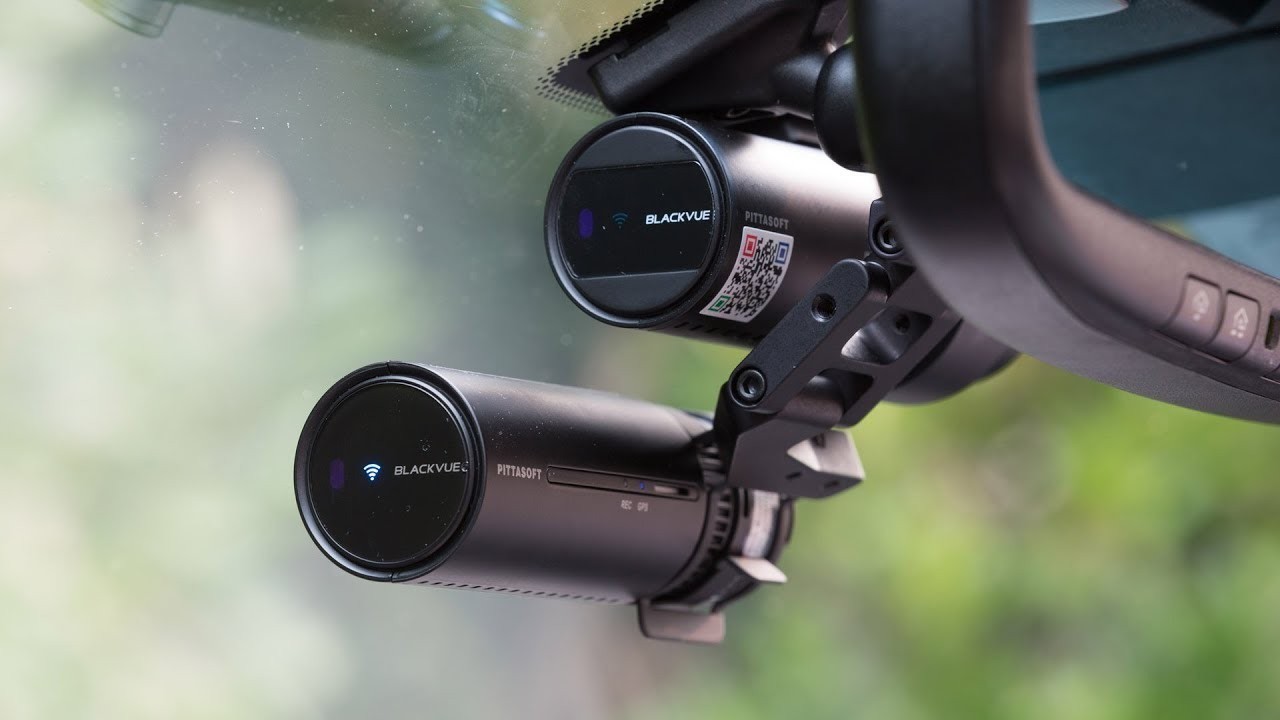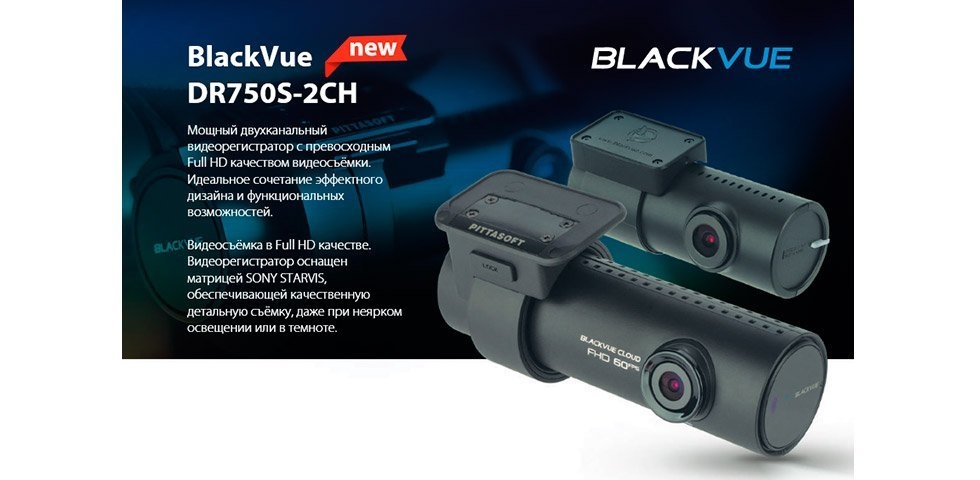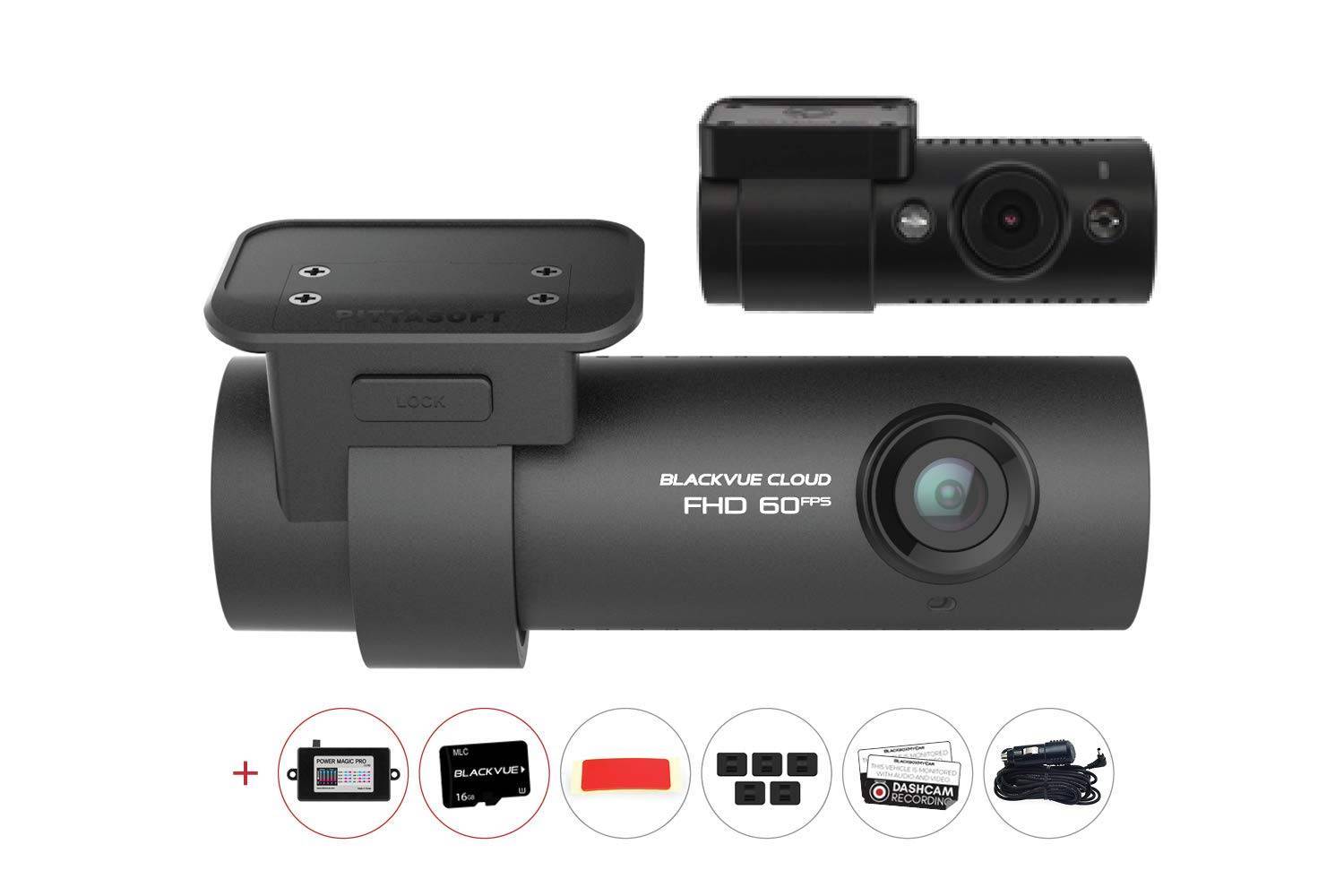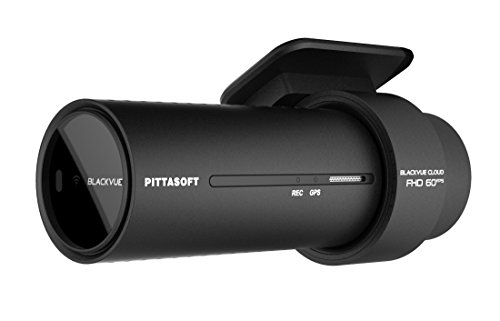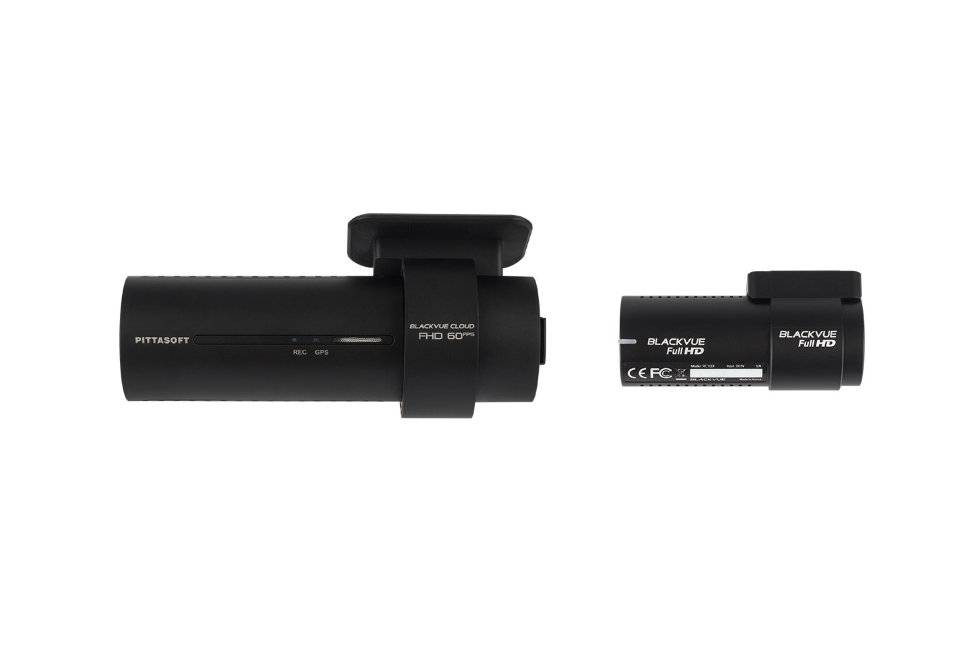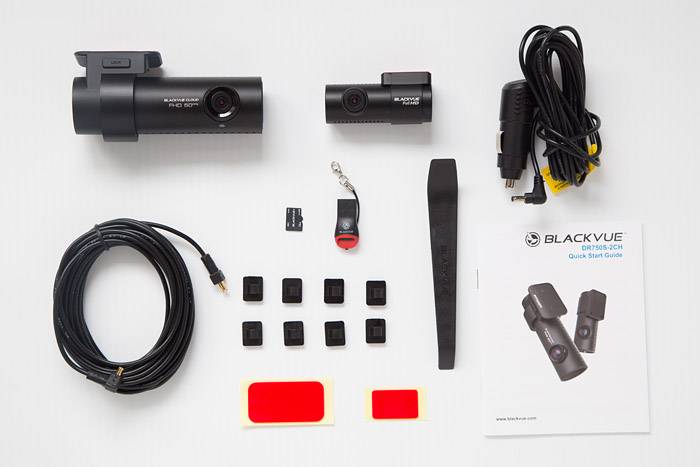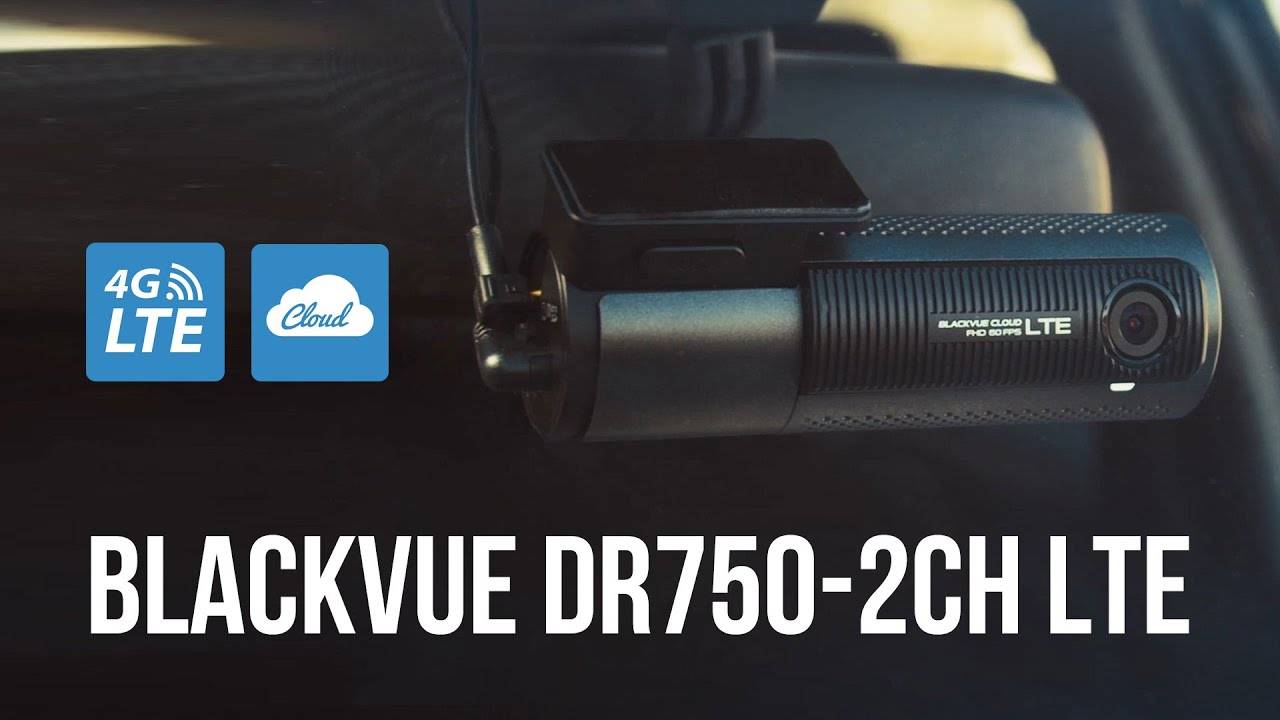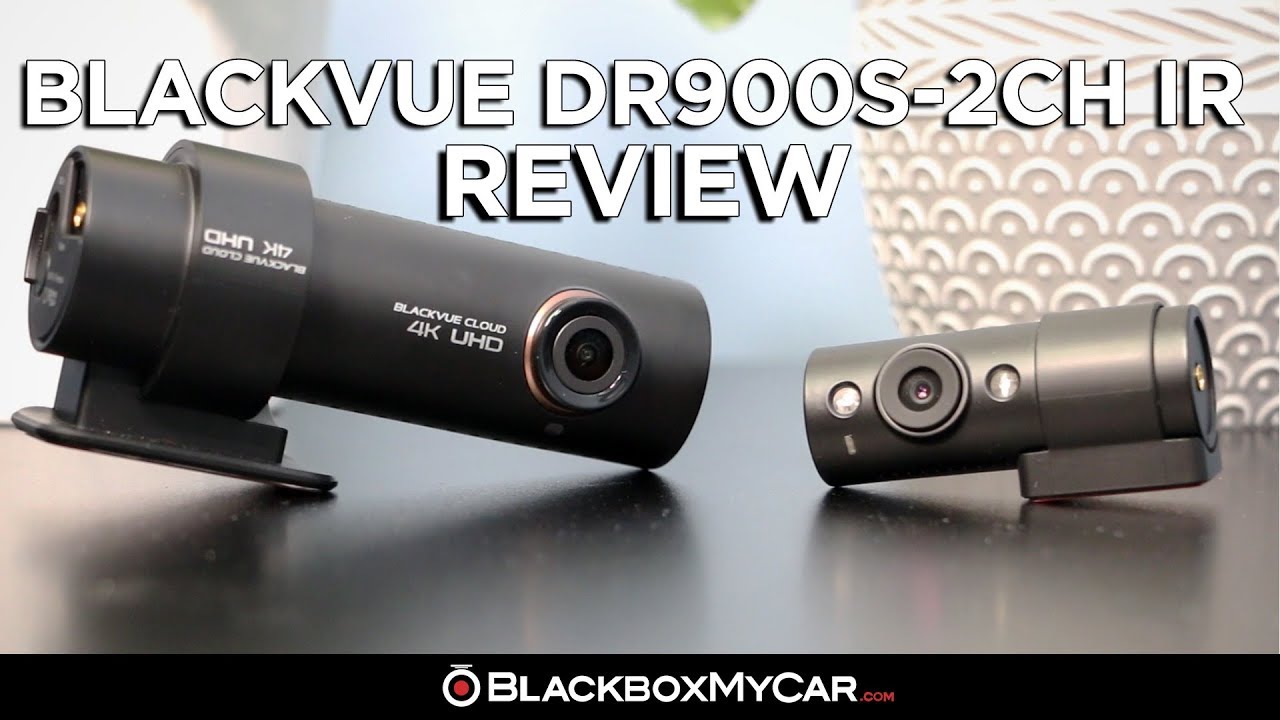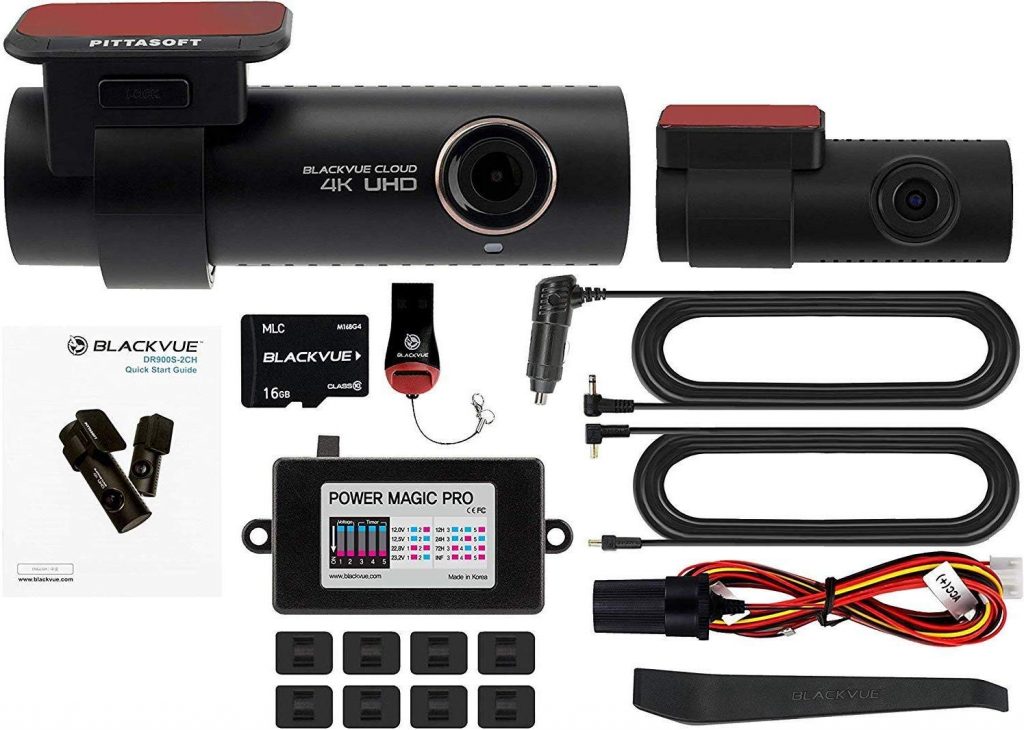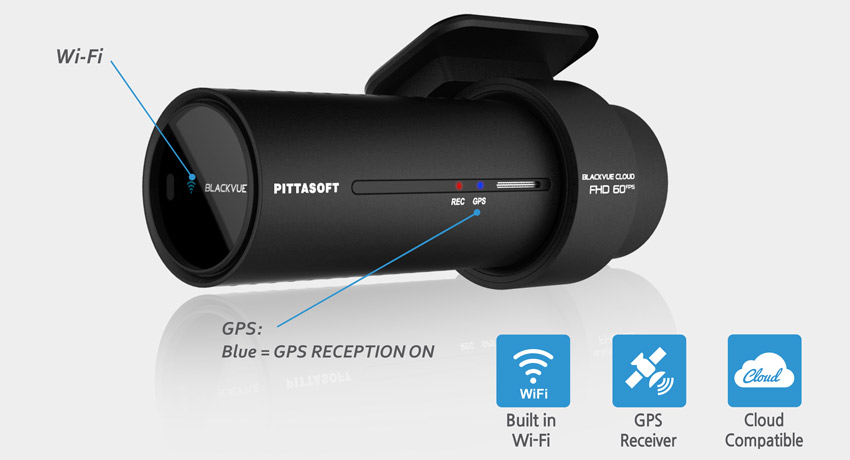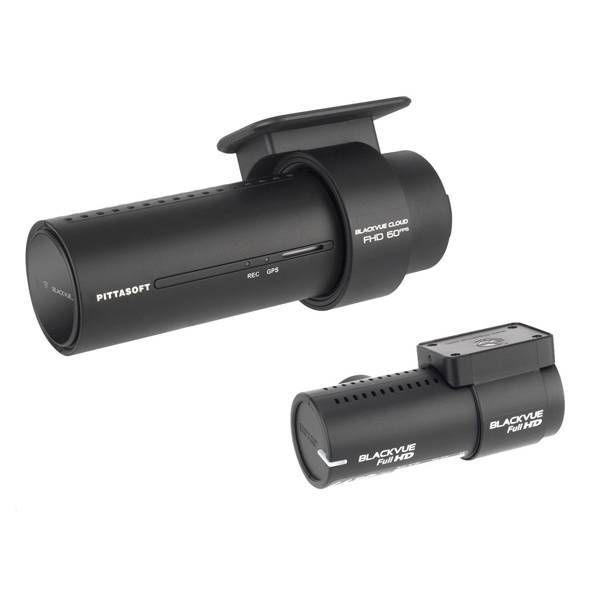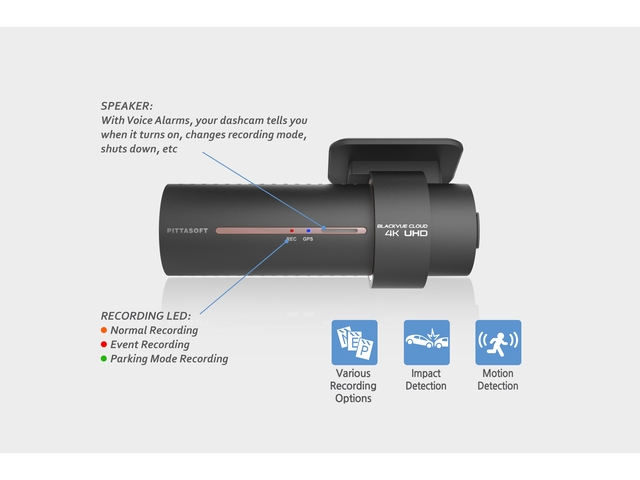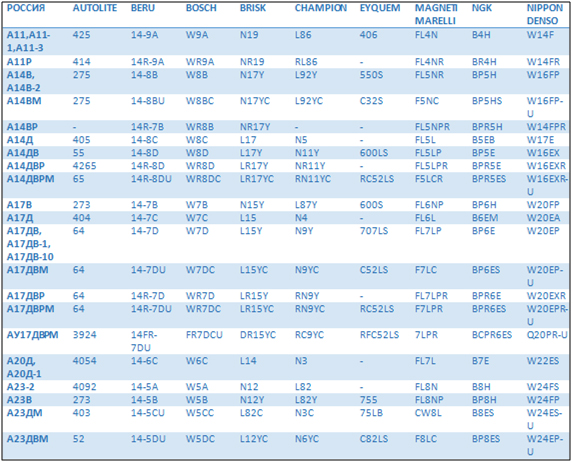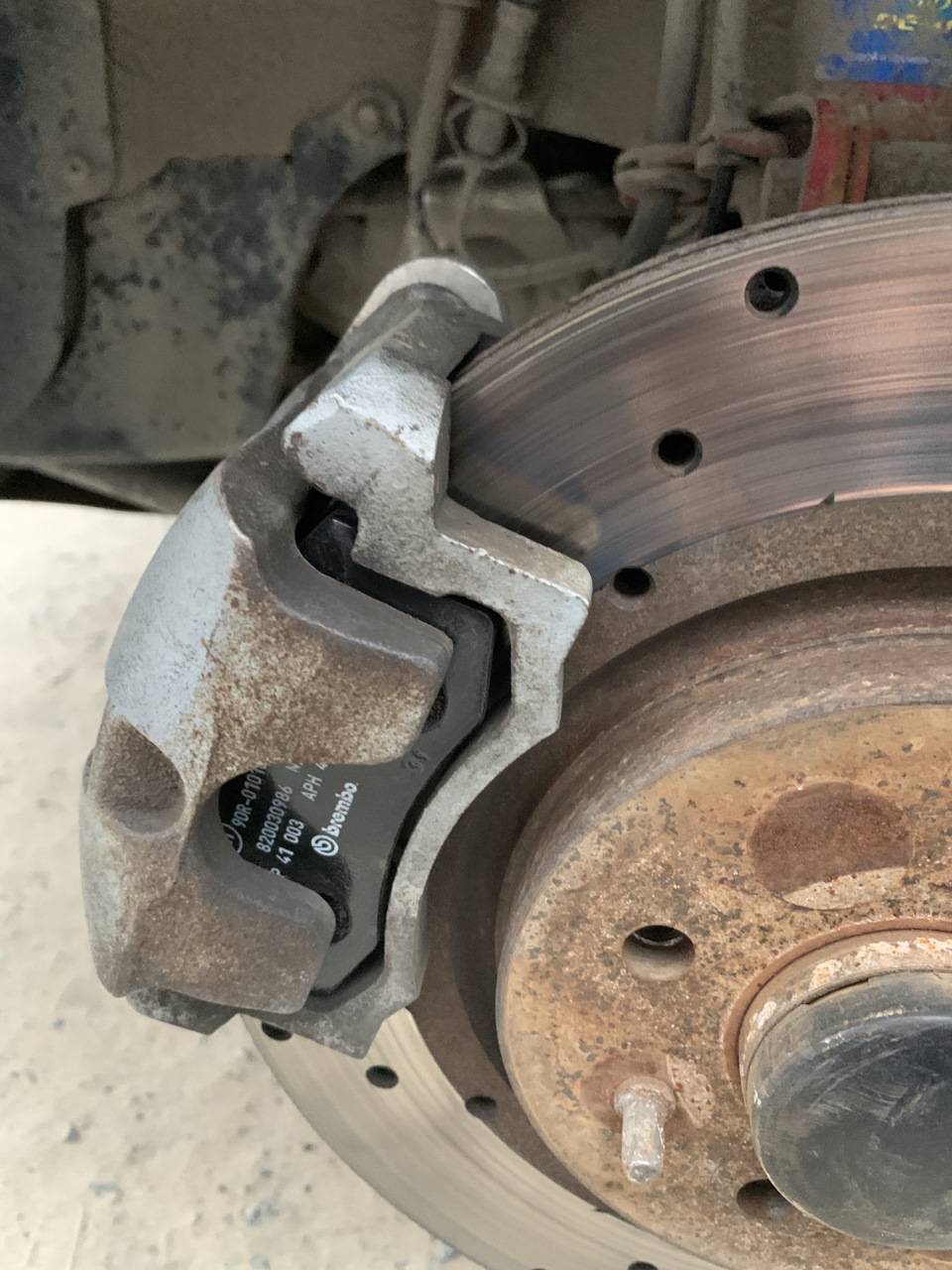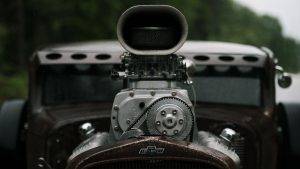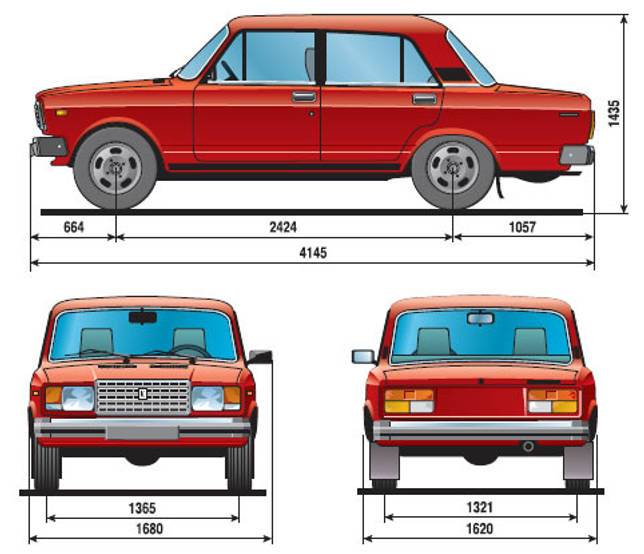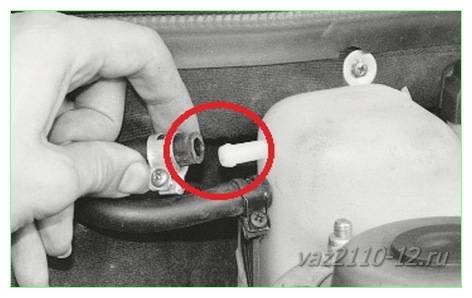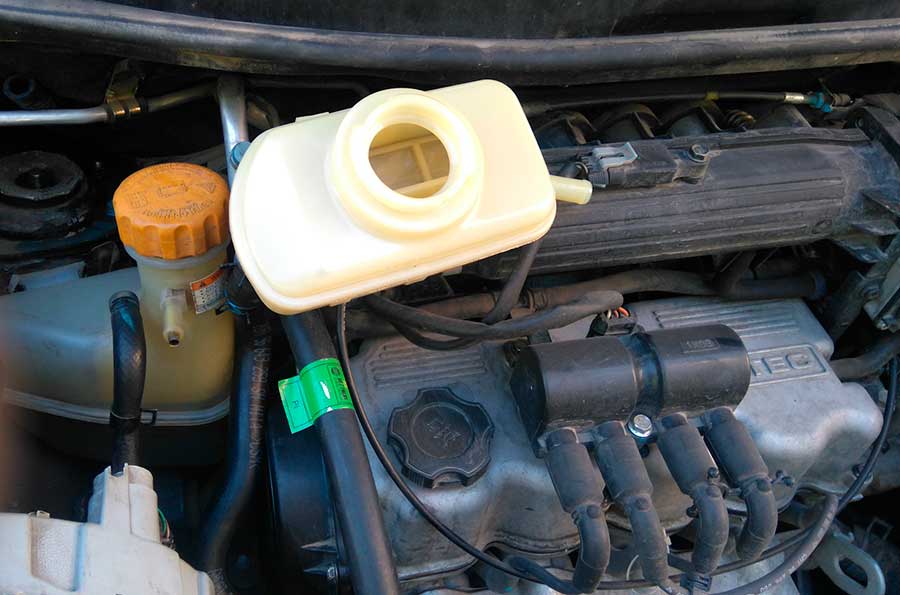Самый важный раздел обзора: качество видео
HiSilicon
Пасмурный осенний день. Правильный баланс белого без синих оттенков, достаточная контрастность, цветопередача без искажений. Ясные кадры без явного дефицита освещенности.
Ночная съемка. Сохраняется высокая резкость, нет каких-либо «шумов», все так же сохраняется насыщенная правильная цветопередача.
HD-камера служит скорее для общей оценки ситуации позади автомобиля, читаемость госномеров обеспечивается на расстоянии до 2-3 метров перед объективом.
Ночью дает знать о себе светосильная оптика и высокочувствительная матрица, в противном случае в регистраторе не удалось бы добиться такого светлого изображения без «мыла».
в динамике
Reduced Power Consumption for Longer Parking Recording Times
The DR750S produces less heat and has a lower power consumption which means you’ll get longer parked recording times when running off your car battery or external battery pack like the B-112.
Compared to the DR650S, the DR750S at 60fps is rated for 3% less power consumption with GPS and Wi-Fi off and 12% less power consumption with GPS and Wi-Fi on, according to the specs, so those of you who use GPS and use Wi-Fi for cloud functionality will see the most improvement.
DR650S: 300 mA w/ GPS and Wi-Fi Off, 400 mA w/ GPS and Wi-Fi On
DR750S: 290 mA w/ GPS and Wi-Fi Off, 350 mA w/ GPS and Wi-Fi On
Note: The DR750S uses about 30 mA less when running at 30 fps so you’ll see a 13% improvement with GPS/Wi-Fi off and a 20% improvement with GPS/Wi-Fi on.
Better File Management to Improve the MicroSD Card Lifespan
Blackvue has created what they call an adaptive format-free file management system. Format-Free systems improve stability but they don’t allow as many options when it comes to choosing recording quality or video segment length. With Adaptive Format-Free file systems, you get the best of both words including both improved stability as well as more recording options. Additionally, as the name implies, it does require formatting so often to maintain stability.
The big difference that I notice day to day is that the file structure has been simplified. With the DR650S, there were a whole bunch of extra video files in the folder for things like GPS files and thumbnails. This made it harder to actually locate the video file you want. With the DR750S, all you’ll see in there are the actual video files. It’s great!
(With the 650 in the folder with the video files you’ll find all sorts of extra files like GPS files, thumbnails, and so on which makes it harder to find the actual video files you want. With the 750 it’s just the video files, front and rear, which makes things cleaner and easier to work with.
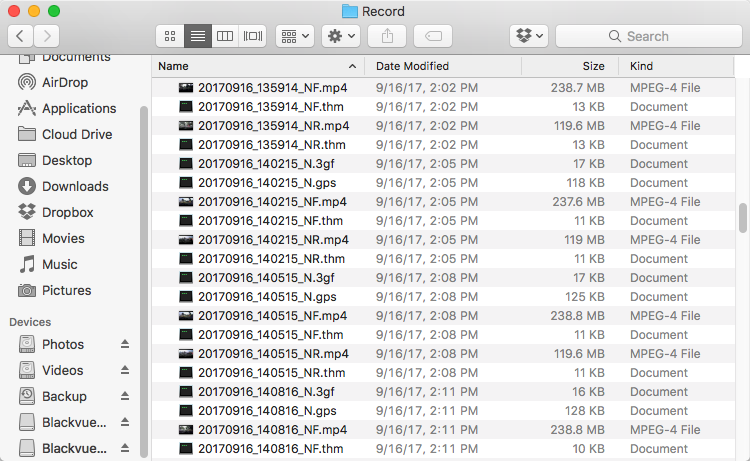
DR650S file structure
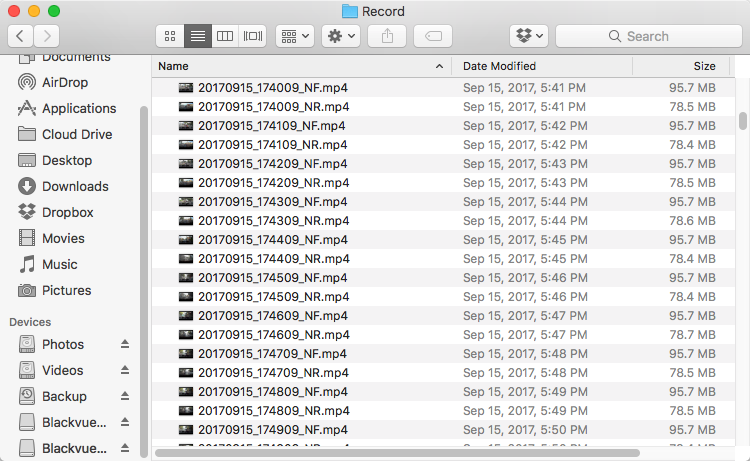
DR750S file structure
Higher Bitrates Now Available
Speaking of bitrates, one of the issues with the 650 was that the bitrate was a little below average which resulted in pixelated video and reduced detail. The bitrate has now been increased which means you’ll have more detail and better quality videos.
DR750S Bitrate:
- Front 1080p: 12 Mbit
- Rear 1080p: 10 Mbit
- Rear 720p: 8 Mbit
Update, Feb 2018: With firmware 1.003, the DR750S is now capable of recording at a whopping 25 Mbit on the front camera for improved video quality.
DR650S Bitrate:
- Front 1080p: 10 Mbit
- Rear 720p: 5 Mbit
One interesting note is that the DR750S records at 12 Mbit whether you’re recording at 30fps or 60fps.
Video Quality
Video quality with the camera is good. Admittedly not mind-blowing amazing, but good. When you see vehicles ahead, you are typically able to make out their license plates which is the most important thing. If they’re more than a car length or so away, that’s when things get a little bit tougher, but that’s pretty typical for 1080p dashcams. This is even more true when vehicles are moving.
Now there are other cameras that have better all out video quality and thus are able to make out details like license plates a little farther away. You’ll notice it in cameras that have higher resolutions such as the Vicovation Opia2 that records at 1440p. You’ll also see it with cameras that shoot at higher bitrates such as the Vicovation Opia1 (20 Mb/s on the Opia1 vs. 12 Mb/s on the DR750S).
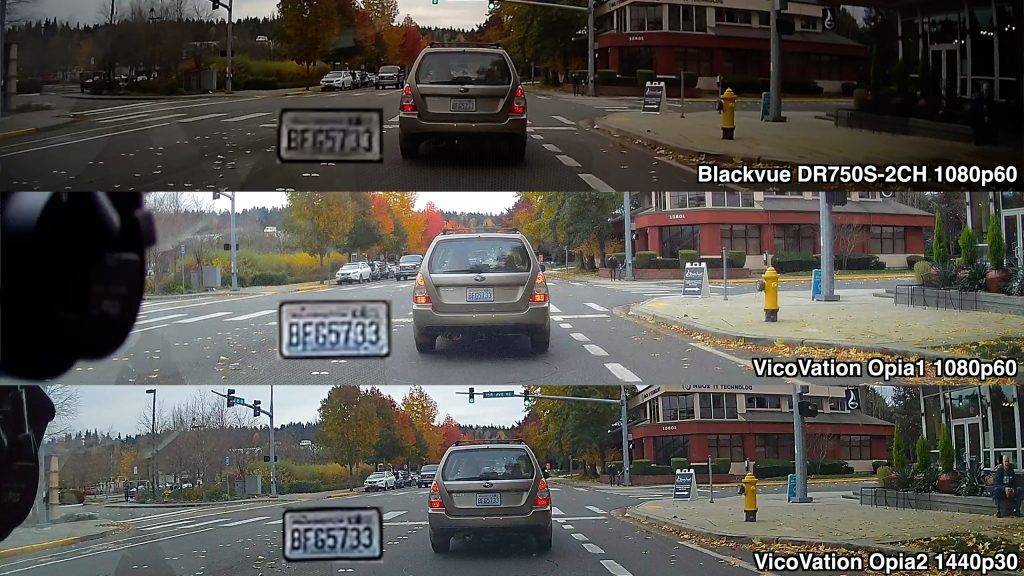
Video Quality Detail Comparison: Blackvue DR750S-2CH, Vicovation Opia1, Vicovation Opia2
I do wish the DR750S had better video quality of course. I guess comparing it to other dashcams does leave me a bit wanting, but again it’s all the other features it offers in addition that make it more of the complete package. (The DR750S reminds me of the Max360… not the best performance ever, but a good all-arounder.)
Update Feb 2018: Blackvue has released which bumps the bitrate for the front camera up to a whopping 25 Mbps for improved video quality. Awesome!
Blackvue DR900S & 4K Video
The upcoming Blackvue DR900S that will be released next year records in 4K and will do an even better of recording license plates, particularly at a distance. That camera will cost more than the DR750S though (it will be sold alongside the 750, not replacing it), but the DR750S will be sufficient for recording your daily drives. I anticipate the new model will be the ultimate Blackvue dashcam.
Lens Softness
My particular DR750S was also noticeably soft on the right side of the frame. I think the lens was misaligned. However, I sent it back to Blackvue for repairs and it came back looking better. Anyway, here’s another quick video sample, this time driving down the highway. You’ll hear my laser jammers go off and see a truck that sped past me at the very beginning of the video wind up getting a speeding ticket. When cars drive past me on the road, you can see how easy it is to read their plate. (YouTube compression makes it a little tougher, but you’ll get the general idea.) You can also see how easy it is to read signs on the side of the road.
Rear Camera
The DR750S-2CH is a two channel dashcam, meaning it has a front and a rear camera. The rear camera now records at 1080p as well like the front camera. This leads to a noticeable difference in terms of capturing details behind you such as license plates. Check it out for yourself.
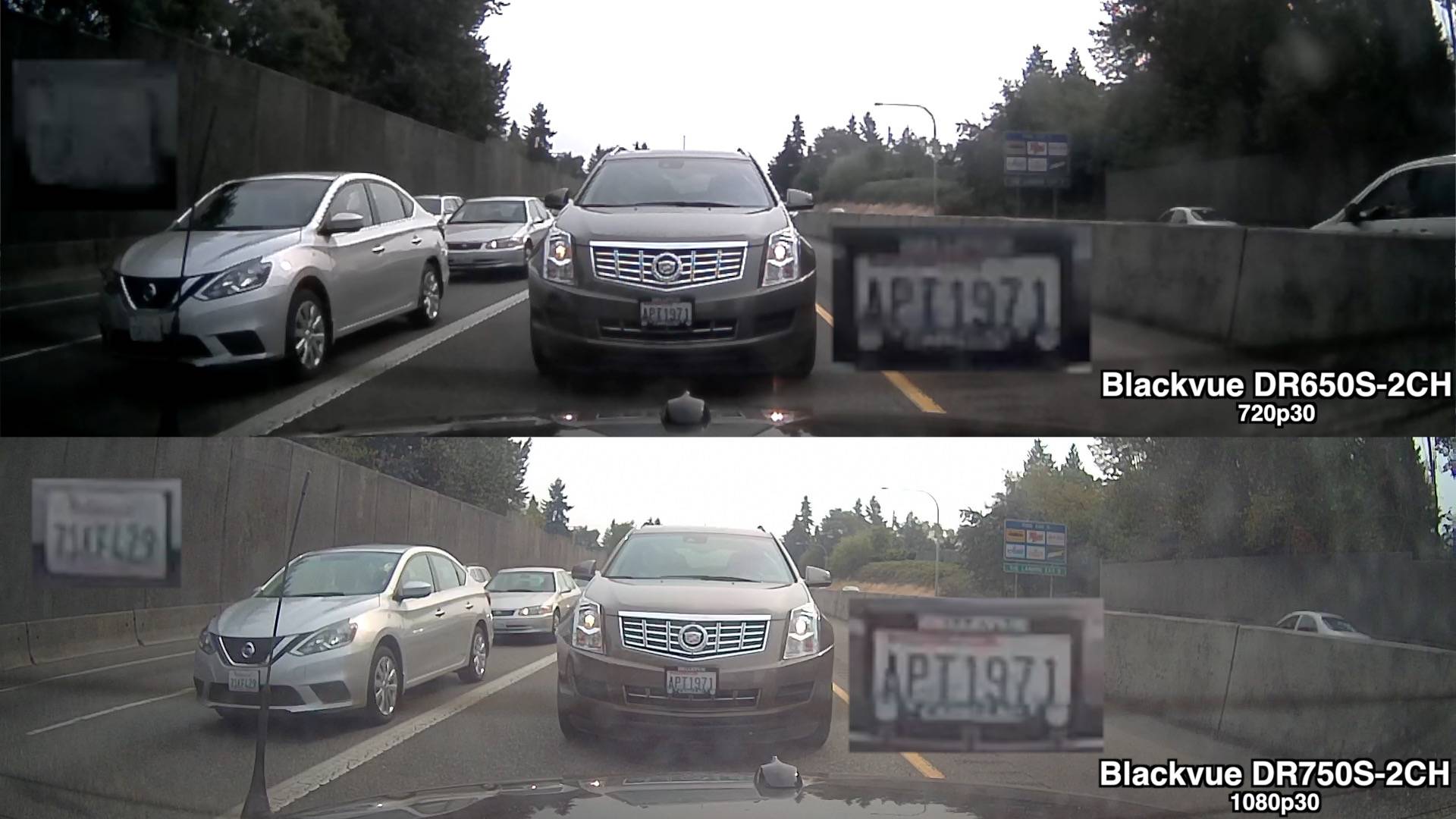
Having a rear dashcam in general is just a big help. For example, if you pull into a parking spot nose in, the rear camera will capture everything happening behind you which includes most all the important stuff. Your front dashcam won’t help in that situation. The rear camera will record what happens if you get rear ended and you can see if the other driver was staring at their cell phone. It basically captures the other half of your surroundings that the front camera alone would miss.
Not too long ago the rear camera of my DR750S-2CH saved the day, capturing a license plate during a hit and run right behind me. My front camera wasn’t able to get the plate, but the rear camera did and that made a big difference in ID’ing the driver.
Рассматриваем комплект поставки
Упаковка регистратора премиум-класса, да еще с таким ценником внешне себя ничем не выдает: скромная коробка из белого картона с необходимыми изображениями и надписями. Куда интереснее то, что внутри.
А комплектация у прогрессивной модели достаточно широкая. Помимо самого устройства в коробку положили: инструкцию на русском языке, гарантийный талон, адаптер питания (увы — без USB-порта!), кабель для подключения задней камеры, восемь 3М-крючков для аккуратной прокладки кабеля по салону, пара запасных 3М-липучек для крепления передней и задней камеры, фирменная скоростная карта microSD 10 класса на 16 Гб. Несложные подсчеты показывают, что на 16 Гб поместятся почти 3 часа видео с двух камер или около 4 часов 20 минут однокамерной записи. (1 минута двух камер = 61,5+31,5 Мб=93 Мб).
Предусмотрительные корейцы положили в коробку и кардридер, который при желании можно повесить на связку ключей и носить с собой в качестве брелока. Да что там кардридер – в комплекте есть даже пластиковый рычаг для того, чтобы аккуратно отлепить камеру от стекла, а не ковырять ее ногтем или тем, что под руку попадет.
Parking Mode Recording
Parking mode functionality in a dashcam is huge. It captures hit and runs, people walking up and damaging your car, break-ins, and so on. Along with driving mode recording, parking mode helps to give you complete protection.
The parking mode functionality with the DR750S is great for several reasons. It is capable of:
- Automatic switching between driving mode and parking mode
- Impact detection
- Motion detection
- Constant recording
- Pre-buffered recording so you capture the moments leading up to the event too
Automatic Driving / Parking mode switching
The automatic switching is huge. Many dashcams have parking mode in a menu option, but you have to remember to turn it on and off every time you get in and out of the car. A dashcam needs to do this for you automatically so you don’t have to mess with it. If a dashcam requires you to do it manually, I don’t consider it to be a good parking mode dashcam. Period.
The DR750S uses its G-sensor and GPS to sense when you park and automatically switch into parking mode. When you get back in the car and start driving, it will switch back into driving mode. Excellent.
Impact Detection
It also has impact detection which is ideal for hit and runs in case someone hits your car. Not only that, but it offers pre-buffered recording. You see, some dashcams sleep in parking mode and only wake up and start recording once you get hit. If this happens, all you’ll see is a car in front of you and then it driving away. Pre-buffered recording means that it is recording the whole time and when it senses an impact, it saves the time before the impact, during, and after, so you get the complete recording, including when you actually get hit as well as before. This is huge. This way you get video evidence of the actual impact itself. You can see it in action here with a car backing into me while I was running the DR650S. The 750 works the same here.
When you get back into your car, the DR750S will verbally announce “An impact was detected in parking mode” to let you know that something has happened. It sometimes gets triggered by mistake if you open and close your trunk or get in your car and shut the door, but you don’t drive away immediately. That impact while you’ve been parked can trigger the impact detected alert too so that’s something to be aware of.
Update Feb 2018: With , the DR750S now ignores any impacts within 3 minutes of starting your car and driving away which helps prevent these false alerts.
I wish that Blackvue would tell us how many impacts it picks up. If it was just one and I didn’t drive away immediately, chances are it was just me. If there were two impacts, one of those happened while I was driving and I should check the memory card. Without checking the card though, I have no way of knowing.
Motion Detection
You can also have motion detection if you want the DR750S to record when someone approaches your car. I find that motion detection generally gives a fair number of false alerts from cars driving by, especially if you’re parked in the city. In a garage you’ll get less, but still. Personally I don’t use this feature.
Constant Recording
The DR750S can also record constantly while you’re parked. This is helpful in case something happens near you like a car accident nearby. It won’t trigger your impact detection if it doesn’t hit you and it won’t trigger your motion sensor if it’s a little farther away. However, it can be cool to record nonetheless. Make sure you select a big memory card so that you can record for hours on end, especially if you use this feature.
Parking Mode Power
Finally, if you want to use parking mode, you’ll want a way to ensure that your camera can be powered while parked without draining your car battery to the point where you can’t start your car again.
The best way of doing it is to use the Power Magic Pro battery monitor. It will connect to your fuse box and monitor the voltage level of your car battery. It will let your DR750S record for hours and hours until the battery voltage drops too low and then it shuts it off. You can now buy the DR750S-2CH with the Power Magic Pro as a package and that’s definitely the way I’d recommend doing it.
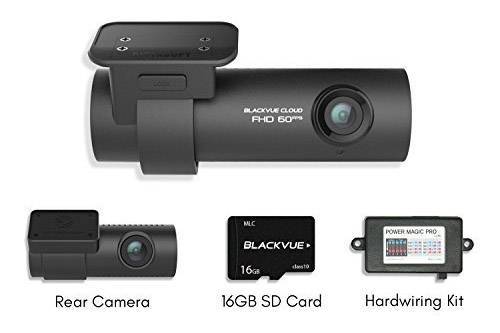
Watch my Power Magic Pro tutorial video here.
You can also use the optional Blackvue B-112 battery pack if you’d like a dedicated battery pack just for your dashcam. I’ve got one, but honestly I just use the Power Magic Pro. It costs less, it’s more compact, and I get more runtime using my car battery than the B-112 so I think the PMP is a better option. However, if you want a dedicated battery pack, it’s the perfect companion.
If you need help hardwiring your dashcam, watch my hardwire tutorial video.
Wi-Fi
The DR750S has WiFi to change settings, help you aim the dashcams during setup, and view and download videos directly through your phone. I use it mostly for aiming the dashcams initially, configuring the dashcam initially, and for quickly checking the video footage on the fly in case it tells me it detected an impact while I was parked.
WiFi is also pretty fast and responsive with the DR750S, improved over the previous models. Downloading a 1 minute, 96 MB video file to my iPhone took less than 30 seconds. That’s several times faster than the WiFi I’ve used in some other dashcams.
Cloud Notifications
If you have a WiFi hotspot in your car or you’re parked at home or work and you’re close enough to reach the WiFi, the DR750S can connect to the cloud. Through the cloud you can access your videos in your camera remotely, plus your dashcam can send you notifications should anything happen.
The cloud stuff honestly I just turn off. I don’t have a WiFi hotspot in my car and I’m usually not parked close enough to home for it to work so it’s not too useful for me personally.
A Quirk about the WiFi
One weird thing about Blackvue’s WiFi is that when your phone is connected to your dashcam, your phone can no longer connect to the internet for Google Maps, Waze, Spotify, etc. This is different than the WiFi used in GoPro and VicoVation dashcams. With those your phone can connect to your camera via WiFi, but it’s still able to use its own data connection for internet. The Blackvue is acting like a WiFi hotspot with an internet connection so it stops your phone from using its own internet connection.
The DR650S had the ability to have the WiFi off by default and only turn it on when you manually pressed the button on the side. The DR750S doesn’t have this ability for some strange reason. I hope they add it in a future firmware update.
(Update Feb 2018: With , you can now have the dashcam default to WiFi off when you start your car.)
One nice workaround that Blackvue suggested was to go into your WiFi settings and simply tell your phone not to automatically connect to your dashcam. You can do this by disabling the auto-join option in your phone’s WiFi settings for the dashcam’s hotspot. This way your phone will always have an internet connection when you get in your car.
Software
Blackvue has software available for both Windows and Mac that lets you view your recorded footage, change your dashcam’s settings, and even remotely access your videos stored in the cloud. The software is really good, better than most other dashcam’s software packages, if one is included at all.
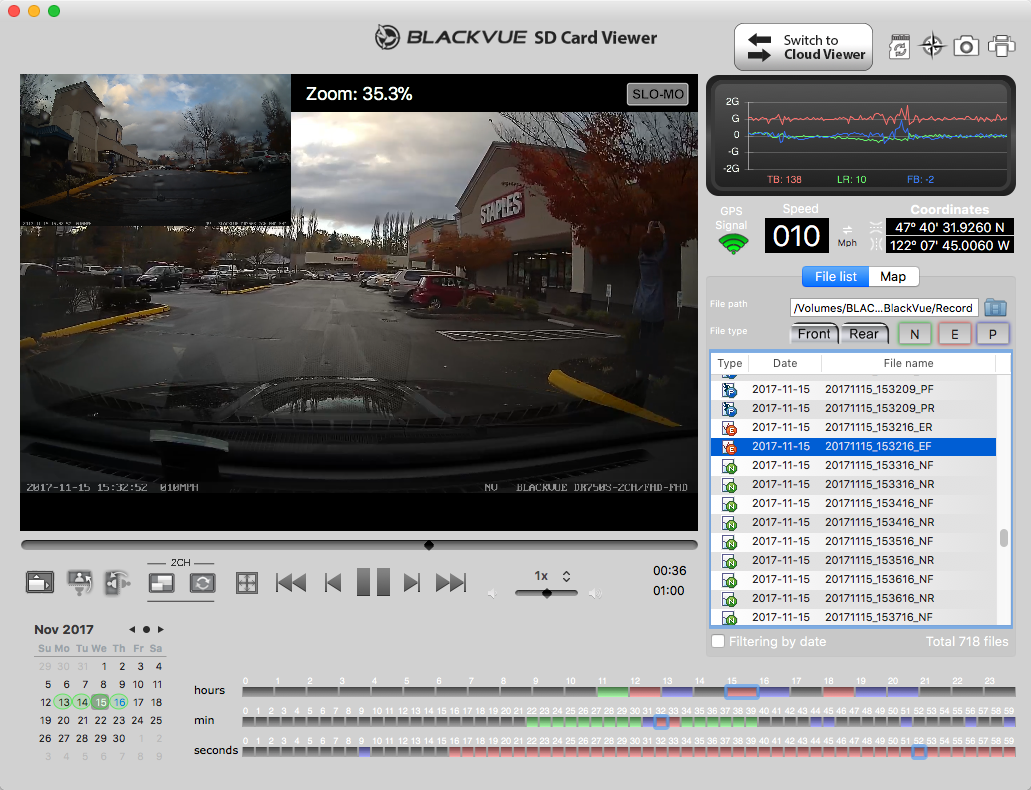
You can easily switch between front and rear camera views, overlay the two and watch both simultaneously if you want, switch between normal driving videos, marked event clips (like an impact detected), or normal parking videos. The software lets you quickly jump between different days and times, see your speed and where you were, watch your videos in slow motion, or zoom into different parts of the videos to get a closer look at important details.

You also can go in and configure all the dashcam’s settings on your computer too if you don’t want to use your phone. They did a good job with it.
Blackvue DR590X
Серия недорогих (относительно всего модельного ряда) видеорегистраторов начального уровня. Представлена в 3 вариациях:
- Blackvue DR590X-1CH – с одной камерой
- Blackvue DR590X-2CH – с двумя (одна смотрит вперед, вторая назад)
- Blackvue DR590X-2CH IR – версия для такси, где вторая камера с инфракрасной подсветкой и снимает салон, а не происходящее сзади.
Видеорегистратор выполнен в виде трубочки. Он очень компактный, крепится к стеклу на 3м скотче, прячется за зеркалом заднего вида и не виден водителю. В нем нет экрана, зато есть wi-fi, благодаря чему можно смотреть отснятые ролики на смартфоне через бесплатное приложение.
Видеорегистратор Blackvue DR590X-2CH, установленный нами в Volvo XC90
Видеорегистратор Blackvue DR590X-2CH
Volvo XC90, на лобовом стекле которого установлен видеорегистратор Blackvue
Видеорегистратор Blackvue DR590X-2CH, установленный нами в Volvo XC90
Blackvue DR590X cнимают в Full HD с частотой 60 кадров в секунду и широким углом обзора 139 градусов. Сенсор Sony Starvis IMX291. Изображение на картинке будет четче, чем в китайских регистраторах, в которых указано SuperHD.
GPS модуль внешний, приобретается отдельно. Служит для связи со спутниками, наложения на видео координат передвижения, скорости и времени.
Режим парковки
Видеорегистратор снимает не только в движении, но и когда двигатель заглушен. Он автоматически переходит в режим парковки при выключении зажигания. Записывает видео при обнаружении движения или удара. Причем записывает несколько секунд до наступления события, благодаря буферизированной записи. Чтобы включить эту функцию, нужно подключить трехжильный кабель (идет в комплекте) к предохранителям.
Подключаемся и работаем
BlackVue DR650S-2CH сопровождает все более-менее значимые действия (в том числе включение/выключение) голосовыми сообщениями на русском языке. Сообщает обо всем приятный голос. Это же относится и ко всем облачным действиям вроде начала потоковой трансляции картинки с регистратора в Интернет. Само управление и настройка осуществляются либо через специальное приложение на смартфоне, либо через компьютерную программу BlackVue Viewer. Последняя доступна также в версии для компьютеров Apple Mac.
В плеере предусмотрено масса любопытных настроек. Фильтровать ролики можно и по режимам видеозаписи: обычная, только парковочная или только аварийные файлы (на которые сработал G-сенсор). При желании можно оставить только видео задней или только передней камеры. Слева внизу можно увидеть дату съемки видео, и даже выбрать определенный год и месяц для отфильтровки видео.
Зато плеер дает возможность без участия смартфона изменить опции/настройки регистратора, которые доступны через мобильное приложение. Это, кстати, относится и ко всем настройкам Cloud.
Настроек у BlackVue DR650S-2CH немало, но все крайне полезные. Так, есть возможность включить/выключить наложение штампа даты и времени, выставить длительность ролика (1, 2 или 3 минуты), выставить разрешение съемки, установить часовой пояс, качество съемки, экспозицию (яркость) или включить/выключить микрофон. Здесь же настраивается длительность записи в режиме парковки (1, 2 или 3 минуты), а также чувствительность акселерометра по каждой из трех осей. Ко всему прочему пользователь может «забить» свой текст в кадре – например, вписать госномера.
Вот, как выглядят настройки в мобильном приложении.
В целом, меню и настройки несложные. Но все-таки требуется некоторое время, чтобы разобраться и привыкнуть к навигации и просто выставить все необходимые параметры.
Unique Default Wi-Fi Password for Improved Security
The default Wi-Fi password for the DR650S was always “blackvue” and many people wouldn’t change this. If you left the password at the default setting, this would mean that anyone walking by your car would be able to log into your dashcam and access your private information including downloading your dashcam footage, listen to your in-car conversations, see your saved Wi-FI passwords for home or work, and so on. This could be avoided, of course, if you simply change the password in your camera, but not everyone did this.
To improve security, Blackvue now has a unique Wi-Fi password for every DR750S. It’s physically written on the camera itself and lies between the camera and the mount. This means that the unique password will remain hidden to anyone trying to look at your camera. You can certainly change the password yourself, of course, but this unique default password will help to prevent Blackvue users getting hacked by random people walking by their vehicles.
Mostly Compatible with DR650S Cables and Mounts
For those of you who are upgrading from the DR650S and already have cables run and mounts installed for your DR650S, it will be pretty straightforward to upgrade to the DR750S.
You can use your existing power cable, rear camera connection cable, and rear camera mount. The only thing that is not compatible is the front camera mount. The circumference of the DR750S’s front camera must be a hair larger because it won’t slide into the DR650S mount. I tried and it went about halfway in before getting stuck and I had to push it out from the other side to free it. For this reason, you’ll need to use your DR750S’s front camera windshield mount instead. Everything else is compatible.
Note, for those of you using the Blackvue Blendmount, it is compatible with both the DR650S and DR750S’s front camera so you won’t need to swap that out.
That’s it!
If you’re looking for a fully-featured, high quality dashcam that covers both the front and rear, records while you’re driving and parked, the DR750S is a fantastic choice and a solid upgrade over the DR650S.
Note: I’d recommend using a large memory card with your camera, at least 64 gigs (the DR750S supports up to 128 gigs), because recording with two cameras at high quality for both driving and parking mode can blast through memory card space and you want to avoid having potentially important video clips overwritten.
| This website contains affiliate links. Click here to read my affiliate disclosure. |
Summary
Review Date
2017-09-19
Reviewed Item
Blackvue DR650S-2CH & DR750S-2CH
Author Rating
5
Product Name
Blackvue DR750S-2CH
Price
USD 399
Product Availability
Available in Stock
Blackvue DR750S-2CH Features
The Blackvue DR750S-2CH is a fully featured dashcam, loaded with helpful bells and whistles. Here are the important key features:
- Front and Rear dashcams
- 1080p recording front, 1080p recording rear
- 60 fps front, 30 fps rear for smooth video
- New Sony Starvis sensor for significantly improved low light performance
- G-sensor for impact detection
- Automatically switches between driving mode and parking mode
- Includes impact detection and motion detection in parking mode
- Stealthy black design
- Wi-Fi for changing settings and viewing videos
- Cloud integration to upload videos to the cloud and send notifications to your phone
- GPS built-in to log your location and speed
- Good viewing software for Windows and Mac
- 139 degree viewing angle
- Supports up to 128 gb MicroSD cards

Brand new Blackvue DR750S-2CH in the box
Blackvue DR750S-2CH Dashcam Review Conclusion
Overall, I’m a big fan of the Blackvue DR750S-2CH and am happy to be running it in my car as my primary dashcam. I feel like it keeps me secure while recording everything both ahead of me and behind, while I’m driving and when I’m parked.
At $399 it is more expensive than some of the more basic dashcams, but it comes with more key helpful features too and it’s designed for people who want complete dashcam protection.
Great All-around Dashcam
The video quality is pretty good, both front and rear, though I do wish it was a bit better. (Update: It is now better with the latest firmware update.) The night time capabilities are pretty fantastic. The parking mode functionality has been designed well. The software is good too. WiFi is responsive. I do wish my phone could still access the internet while connected to WiFi, but the autoconnect workaround I mentioned earlier will help avoid any issues. I like GPS is integrated into the dashcam with no external antenna required, plus the fact that you can disable your speed from showing up on screen if you like too. The black tube-shaped design is stealthy and low key. The small rear camera means it blocks less of my rear visibility.
While I do think that there’s still room for improvement to the cameras and there’s tweaks I’d like to see Blackvue make (Update: and they have been making), I think it’s an excellent choice for people wanting complete dashcam protection.
Note: Recording at 1080p on two dashcams for both driving and parking mode takes up lots of memory card space. You don’t want your dashcam overwriting older footage before you can save it. (You can manually mark video clips while driving to ensure you save important moments on the road.)
I’d recommend getting a large memory card with your DR750S. Buy it with a 64gb card (recommended minimum) to get 5 hrs, 40 min of recording time. Buy it with a 128gb card to get 11 hrs, 20 min of recording time.
Full Disclosure:
Blackvue has not sponsored me or this review in any way. They are not paying me for this review. They did send me a free DR750S for review purposes, just like many other dashcam companies do. I get to keep the camera when I’m done, just like I did with the DR650S that I ultimately wound up giving away as a prize to my Patreon supporters. The purchase links in this article are affiliate links and I make a percentage when you buy this or any other dashcam by using my links. Thank you for your support!
| This website contains affiliate links. Click here to read my affiliate disclosure. |
Summary
Review Date 2017-11-16 Reviewed Item Blackvue DR750S-2CH
Author Rating 5
Product Name Blackvue DR750-2CH
Price USD 399
Product Availability Available in Stock
Выводы
BlackVue DR650S-2CH, как и два других представителя «облачной» линейки от BlackVue, можно смело назвать регистраторами наступившего будущего. Устройства минимум на один-два года по технологиям опережают изделия других участников рынка. С точностью можно сказать, что сегодня подобный продвинутый «облачный» сервис и функции противоугонной системы не предоставляет ни один другой производитель видеооборудования для автомобилей. А еще BlackVue DR650S-2CH может предложить владельцу высокое качество видео — пожалуй, лучшее на сегодня. Да, бренд держит марку и в отношении высокого уровня сборки и качества используемых материалов. Но главное тут все-таки – новаторские решения и возможность использовать регистратор как инновационную систему безопасности, когда вы можете из любой точки мира узнать, что где находится машина и что рядом с ней происходит. За уникальное устройство, реально отвечающее самым высоким требованиям, выложить сумму в 20 900 рублей, пожалуй, даже не жалко. Точнее, BlackVue DR650S-1CH стоит 20 900 рублей, BlackVue DR650S-2CH – 26 900 рублей, а BlackVue DR650S-2CH IR – 28 900 рублей.


